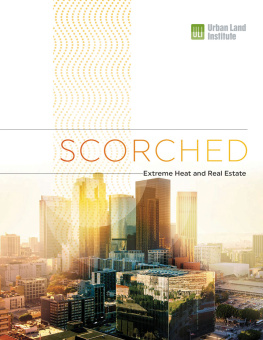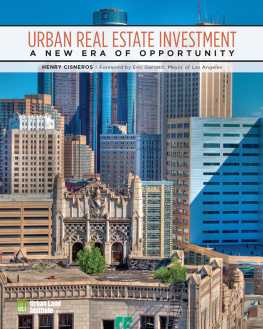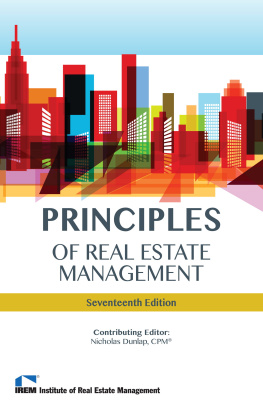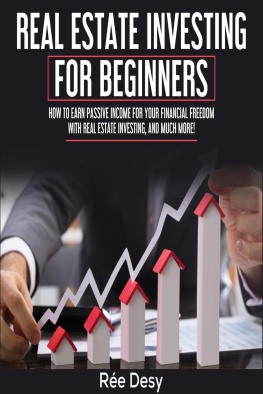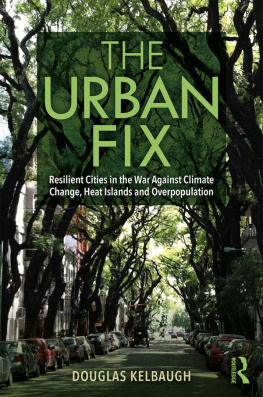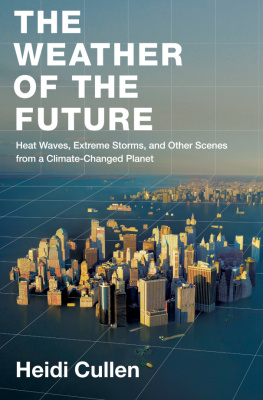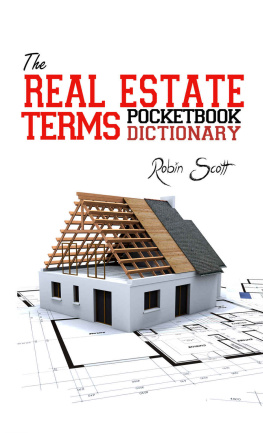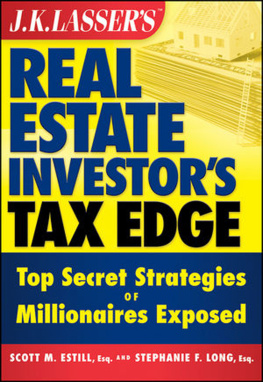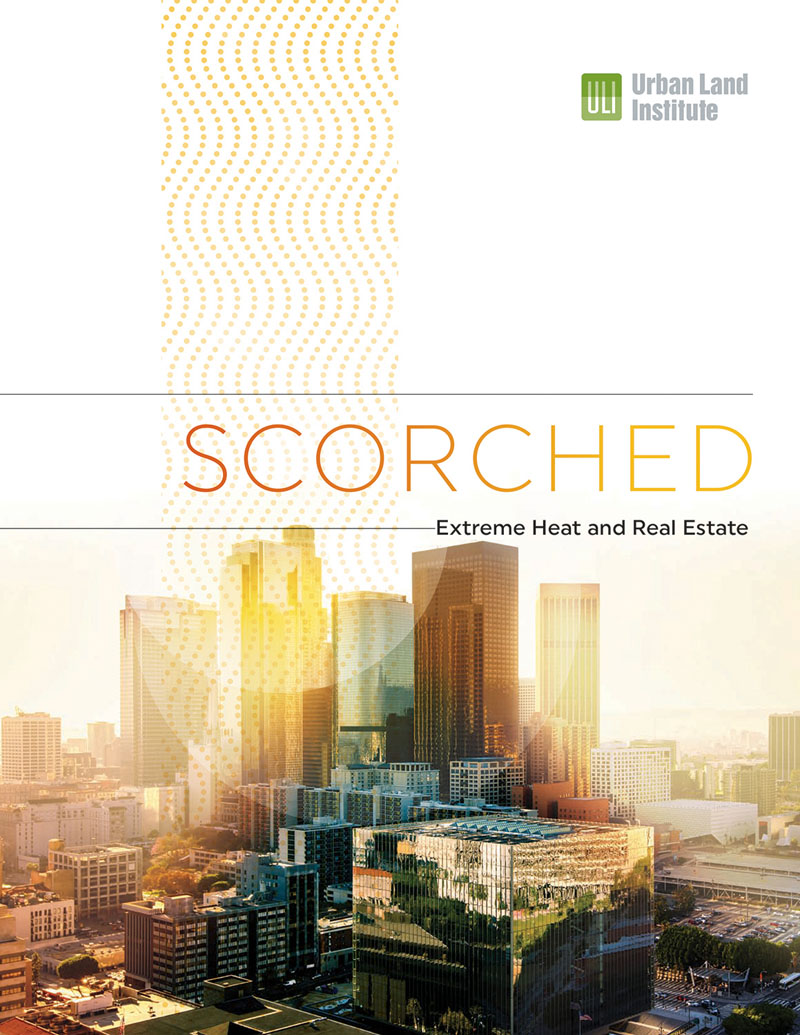
AUTHORS
Katharine Burgess
Vice President, Urban Resilience
Urban Land Institute
Elizabeth Foster
Senior Associate, Urban Resilience
Urban Land Institute
ULI MEMBER REVIEWERS
Janice Barnes, PhD
Principal and Director of Resilience
Waggonner & Ball
Ladd Keith, PhD
Planning Lecturer and Chair of the Sustainable Built Environment Program
University of Arizona
ULI PROGRAM STAFF
Billy Grayson
Executive Director, Center for Sustainability and Economic Performance
Rachel MacCleery
Senior Vice President
Content
Bridget Stesney
Senior Director
Building Healthy Places
Matt Norris
Senior Manager
Building Healthy Places
Leah Sheppard
Senior Associate
Urban Resilience
Kate Donatelli
Intern
Urban Resilience
Megan (French) Palathra
Intern
Urban Resilience
ULI PROJECT STAFF
James A. Mulligan
Senior Editor
Laura Glassman, Publications Professionals LLC
Manuscript Editor
Brandon Weil
Art Director
Thomas Cameron
Designer
Craig Chapman
Senior Director
Publishing Operations
COVER PHOTO: Los Angeles downtown cityscape at sunset. (Shutterstock)
2019 by the Urban Land Institute
2001 L Street, NW | Suite 200 | Washington, DC 20036-4948
All rights reserved. Reproduction or use of the whole or any part of the contents without written permission of the copyright holder is prohibited.
Recommended bibliographic listing: Burgess, Katharine, and Elizabeth Foster. Scorched: Extreme Heat and Real Estate. Washington, DC: Urban Land Institute, 2019.
ISBN: 978-0-87420-431-5
ABOUT THE URBAN LAND INSTITUTE

The Urban Land Institute is a global, member-driven organization comprising more than 44,000 real estate and urban development professionals dedicated to advancing the Institutes mission of providing leadership in the responsible use of land and in creating and sustaining thriving communities worldwide.
ULIs interdisciplinary membership represents all aspects of the industry, including developers, property owners, investors, architects, urban planners, public officials, real estate brokers, appraisers, attorneys, engineers, financiers, and academics. Established in 1936, the Institute has a presence in the Americas, Europe, and the Asia Pacific region, with members in 80 countries.
More information is available at uli.org. Follow ULI on Twitter, Facebook, LinkedIn, and Instagram.
CONTRIBUTORS

ULI is grateful to The JPB Foundation for its support of this project and ULIs Urban Resilience Program. ULI also appreciates and is honored by the volunteer contributions to this report of more than 50 subject matter experts from ULIs membership and beyond.
RESEARCH PROCESS
To better understand how heat could impact real estate and land use, ULIs Urban Resilience program interviewed more than 50 real estate developers, designers, land use policymakers, and climate scientists.
A full list of the organizations of those who shared their knowledge and perspectives in interviews, nominated case studies, and provided supporting materials for this report is provided in the Acknowledgments.

CONTENTS
EXECUTIVE SUMMARY
Heat is the number-one natural disaster killer in this country.
DANIEL HOMSEY
Director of Neighborhood Resilience, City and County of San Francisco

An iconic 125-foot-tall shade sail at SkySong, the Arizona State University Innovation Center, anchors the 42-acre development and is part of a heat-conscious design that helps attract tenants and reflects the founding partners forward-thinking, entrepreneurial vision.
Soaring temperatures and dangerous heat waves are the uncomfortable reality in communities across the United States. Extreme heat risks are not limited to historically hot environments or summer months; heat is the most widespread and deadly weather-related hazard in the United States. With the projected impacts of climate change and continued urban development, many communities are likely to experience higher-temperature days; longer, more frequent heat waves; and intensified impacts in cities where urban heat islands (UHIs) form because of the heat-absorbing properties of urban surfaces.
Urban areas are the most at-risk locations from extreme heat in the United States. This heat has the potential for devastating public health consequencesas seen in the Chicago Heat Wave of 1995, the European heat wave of 2003, and more recently, the near global summer heat wave of 2018. Extreme heat also has the potential for long-term impacts on local economies and consumer market preferences.
In response, U.S. real estate developers, designers, and policymakers increasingly acknowledge the consequences of extreme heat and are seeking solutions to make buildings, neighborhoods, parks, and outdoor spaces more adaptable to environmental conditions and comfortable for occupants. Although managing extreme heat has no one-size-fits-all approach, particularly given different humidity levels and other local conditions, a suite of potential options is available, many of which also build amenity value and address other environmental needs such as stormwater management. Broadly, developments can prevent the absorption of heat with light-colored surfaces and materials, provide direct cooling with increased shade from built and natural shade canopies, and better cope with extremes through heat-aware building envelopes and heating, ventilation, and air conditioning (HVAC) choices that stabilize indoor temperatures even during power outages.
Policymakers are considering how to address extreme heat in land use and building regulations as well as through social services and emergency preparedness. Urban greening programs and community resources to protect the most affected demographics are well-established approaches. New programs and technologies are seeking to better understand and apply the nuances of urban heat dynamics to planning policies that can improve climate resilience through extreme heat mitigation and adaptation.
The built environment is ultimately both a contributor to and a solution for extreme heat, especially in cities, and presents numerous opportunities for mitigation and adaptation at the building and neighborhood scales. Although designing for extreme heat is an emerging issue that is not yet mainstream in many U.S. markets, it is likely to become more prevalent as extreme heat increases and is acknowledged by both consumers and local regulators and as economic, infrastructural, and public health impacts make the risks of extreme heat more visible.
Next page
